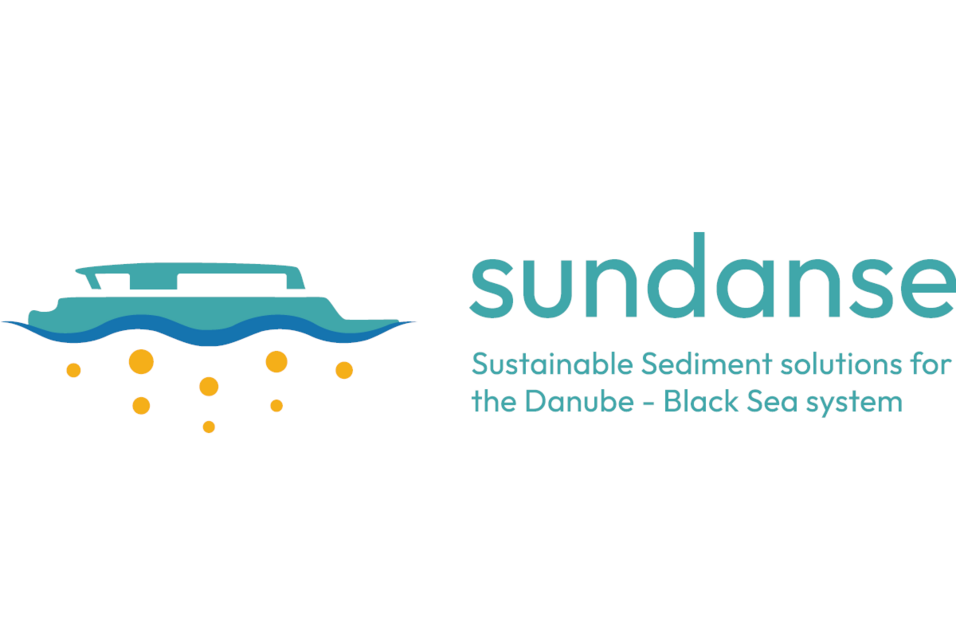The Danube River, Europe's second-longest river, flows for about 2,860 kilometers through Central and Eastern Europe, traversing 10 countries from its source in Germany's Black Forest to its Delta in the Black Sea. The Danube's basin (more than 30% of EU surface) supports a rich biodiversity, encompassing numerous habitats and species. Known as the "River of Europe," it serves as a vital waterway for transport, commerce, and cultural exchange, linking diverse regions and communities.
The 48-month-long project funded under the Horizon Europe Programme is a vital component of the EU Mission: “Restore our Ocean and Waters”. The project aims to develop innovative and sustainable sediment solutions for the Danube River - Black Sea system, addressing critical environmental challenges related to sedimentation and contributing to the health and resilience of our waterways.
The consortium is coordinated by "Dunărea de Jos" University of Galați based in Galați (Romania), and brings together 20 innovation stakeholders and educational/research entities from 10 different European countries - Romania, France, Belgium, Israel, Serbia, Estonia, Ukraine, Austria, Bulgaria and Ireland.

